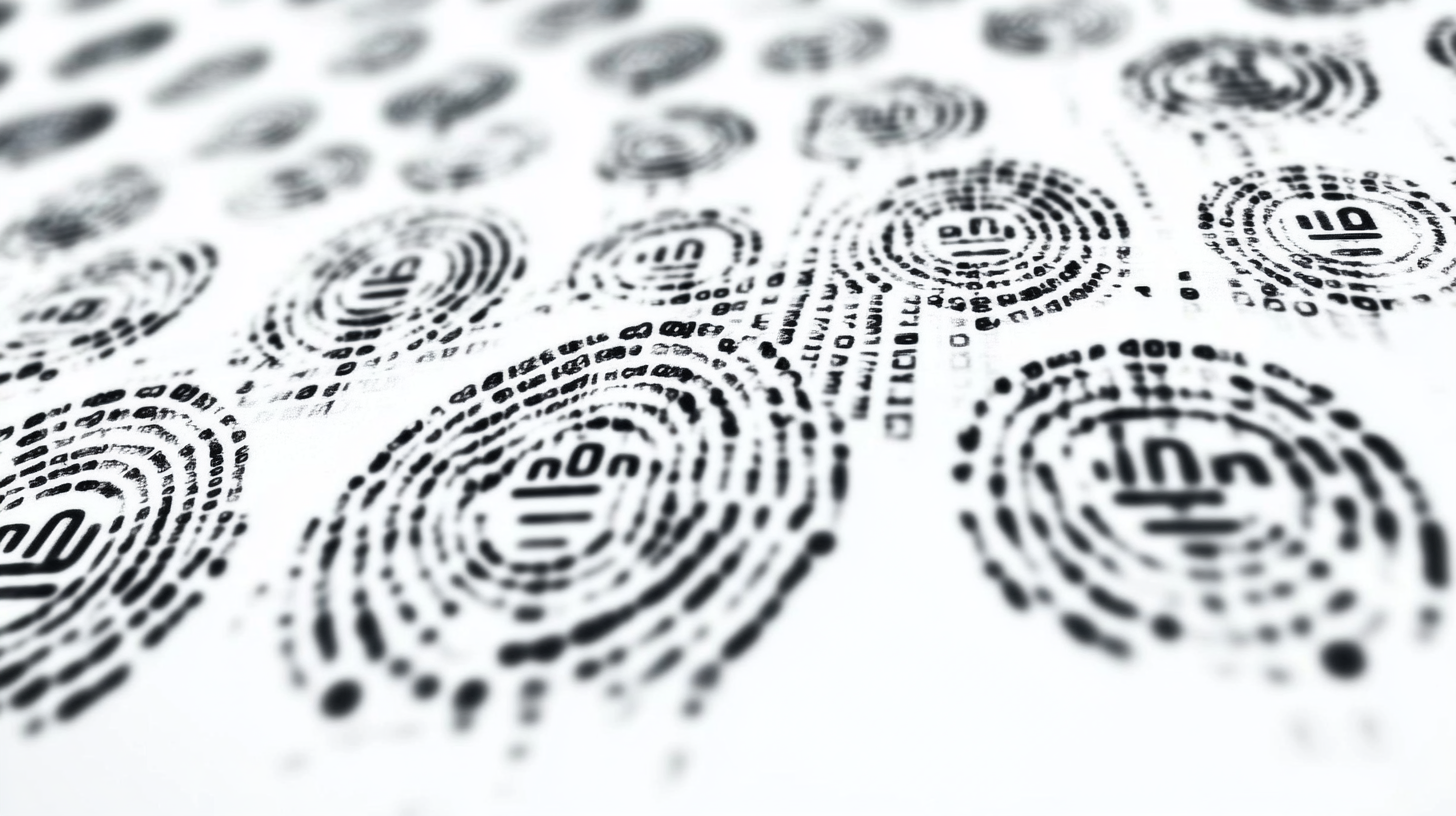Blockchain Basics
The Importance of NFTs in Web3 Authentication and Identity
-
Nov 05, 2024
-
6 min read

Abstract
The advent of Web3 technologies heralds a new era of decentralization, where users have greater control over their data and digital identities. Non-Fungible Tokens (NFTs), primarily known for their role in the digital art and collectibles market, are emerging as pivotal tools in the realm of authentication and identity management within the Web3 ecosystem. This article explores the significance of NFTs in Web3 authentication and identity, discussing their potential to revolutionize digital identity frameworks, enhance security, and empower users.
Introduction
The transition from Web2 to Web3 represents a paradigm shift in how internet services are designed and consumed. Web3, underpinned by blockchain technology, promises decentralization, transparency, and user sovereignty over data and identity. In this landscape, NFTs have gained prominence beyond digital collectibles, offering unique capabilities for authentication and identity management.
Background
Web3 and Decentralized Identity
Web3 refers to the next generation of internet services that leverage decentralized protocols and blockchain technology. Central to Web3 is the concept of Decentralized Identifiers (DIDs), which enable users to create and manage their digital identities without reliance on centralized authorities [1]. DIDs facilitate secure, verifiable, and privacy-preserving identity interactions across decentralized applications (dApps).
Non-Fungible Tokens (NFTs)
NFTs are unique digital assets recorded on a blockchain, representing ownership of a specific item or piece of content. Unlike fungible tokens (e.g., cryptocurrencies like Bitcoin), NFTs are indivisible and unique, making them suitable for representing ownership and authenticity of digital and physical assets [2].
NFTs in Authentication and Identity
Uniqueness and Ownership
The inherent uniqueness of NFTs makes them ideal for representing individual identities. By minting an NFT that encapsulates personal identity attributes, users can have a verifiable and tamper-proof digital identity [3]. This NFT can serve as a digital passport across various dApps, enabling seamless authentication while maintaining control over personal data.
Self-Sovereign Identity (SSI)
NFTs empower users with Self-Sovereign Identity, where individuals own and control their identity without intermediaries. By leveraging NFTs, users can selectively disclose identity attributes to services and counterparties, enhancing privacy and reducing the risk of data breaches [4].
Interoperability
NFT-based identities can be universally recognized across different platforms within the Web3 ecosystem. This interoperability facilitates seamless user experiences, as the same NFT identity can be used for authentication in multiple dApps, services, and platforms [5].
Advantages of NFTs in Web3 Authentication
Enhanced Security
Blockchain's immutable nature ensures that NFT-based identities are resistant to tampering and fraud. The decentralized storage of identity data reduces reliance on centralized databases, which are vulnerable to hacks and data breaches [6].
User Control and Privacy
Users have full control over their NFT identities, deciding what information to share and with whom. This granular control enhances privacy and aligns with data protection regulations like GDPR, which emphasize user consent and control over personal data [7].
Decentralization and Trustlessness
NFTs eliminate the need for centralized identity providers, reducing single points of failure and the potential for censorship. The trustless environment of blockchain ensures that identity verification does not require intermediaries, streamlining authentication processes [8].
Challenges and Considerations
Scalability
Blockchain networks face scalability issues, with limitations on transaction throughput and high fees during peak periods. These challenges can hinder the widespread adoption of NFT-based identities unless addressed through technological advancements like Layer 2 solutions [9].
Privacy Concerns
While NFTs enhance user control, storing identity attributes on a public blockchain raises privacy concerns. Techniques like zero-knowledge proofs and off-chain storage solutions are being explored to mitigate these issues [10].
Regulatory and Legal Aspects
The legal recognition of NFT-based identities varies across jurisdictions. Compliance with KYC (Know Your Customer) and AML (Anti-Money Laundering) regulations requires careful consideration to ensure that NFT-based identity systems are legally sound [11].
Future Prospects
The integration of NFTs in Web3 authentication and identity is still in its nascent stages. Ongoing developments in blockchain technology, regulatory frameworks, and industry standards will shape the future of NFT-based identities. Collaborations between technology providers, regulators, and industry stakeholders are essential to realize the full potential of NFTs in this domain [12].
Conclusion
NFTs hold significant promise in transforming authentication and identity within the Web3 ecosystem. Their unique properties align with the principles of decentralization, user sovereignty, and enhanced security. While challenges exist, particularly regarding scalability and privacy, the continued evolution of blockchain technology is likely to address these concerns. NFTs are poised to play a crucial role in shaping the future of digital identity, offering a more secure, private, and user-centric model for authentication in the digital age.
References
-
W3C. (2019). Decentralized Identifiers (DIDs) v1.0. Retrieved from https://www.w3.org/TR/did-core/
-
Wang, Q., Li, R., & Wang, Q. (2021). Non-Fungible Token (NFT): Overview, Evaluation, Opportunities and Challenges. arXiv preprint arXiv:2105.07447.
-
Souza, G., & Oliveira, L. (2022). NFTs for Identity Management in Decentralized Applications. Journal of Blockchain Research, 5(2), 45-60.
-
Allen, C., et al. (2016). The Path to Self-Sovereign Identity. Retrieved from http://www.lifewithalacrity.com/2016/04/the-path-to-self-soverereign-identity.html
-
Nguyen, Q. K. (2016). Blockchain - A Financial Technology for Future Sustainable Development. 2016 3rd International Conference on Green Technology and Sustainable Development (GTSD), 51-54.
-
Zheng, Z., Xie, S., Dai, H., Chen, X., & Wang, H. (2018). An Overview of Blockchain Technology: Architecture, Consensus, and Future Trends. 2017 IEEE International Congress on Big Data, 557-564.
-
European Parliament and Council of the European Union. (2016). General Data Protection Regulation (GDPR). Retrieved from https://eur-lex.europa.eu/eli/reg/2016/679/oj
-
Buterin, V. (2014). A Next-Generation Smart Contract and Decentralized Application Platform. Retrieved from https://ethereum.org/en/whitepaper/
-
Poon, J., & Dryja, T. (2016). The Bitcoin Lightning Network: Scalable Off-Chain Instant Payments. Retrieved from https://lightning.network/lightning-network-paper.pdf
-
Ben-Sasson, E., Chiesa, A., Garman, C., et al. (2014). Zerocash: Decentralized Anonymous Payments from Bitcoin. 2014 IEEE Symposium on Security and Privacy, 459-474.
-
Financial Action Task Force (FATF). (2021). Updated Guidance for a Risk-Based Approach to Virtual Assets and Virtual Asset Service Providers. Retrieved from https://www.fatf-gafi.org/publications/fatfrecommendations/documents/guidance-rba-virtual-assets-2021.html
-
Tapscott, D., & Tapscott, A. (2016). Blockchain Revolution: How the Technology Behind Bitcoin Is Changing Money, Business, and the World. Portfolio.





